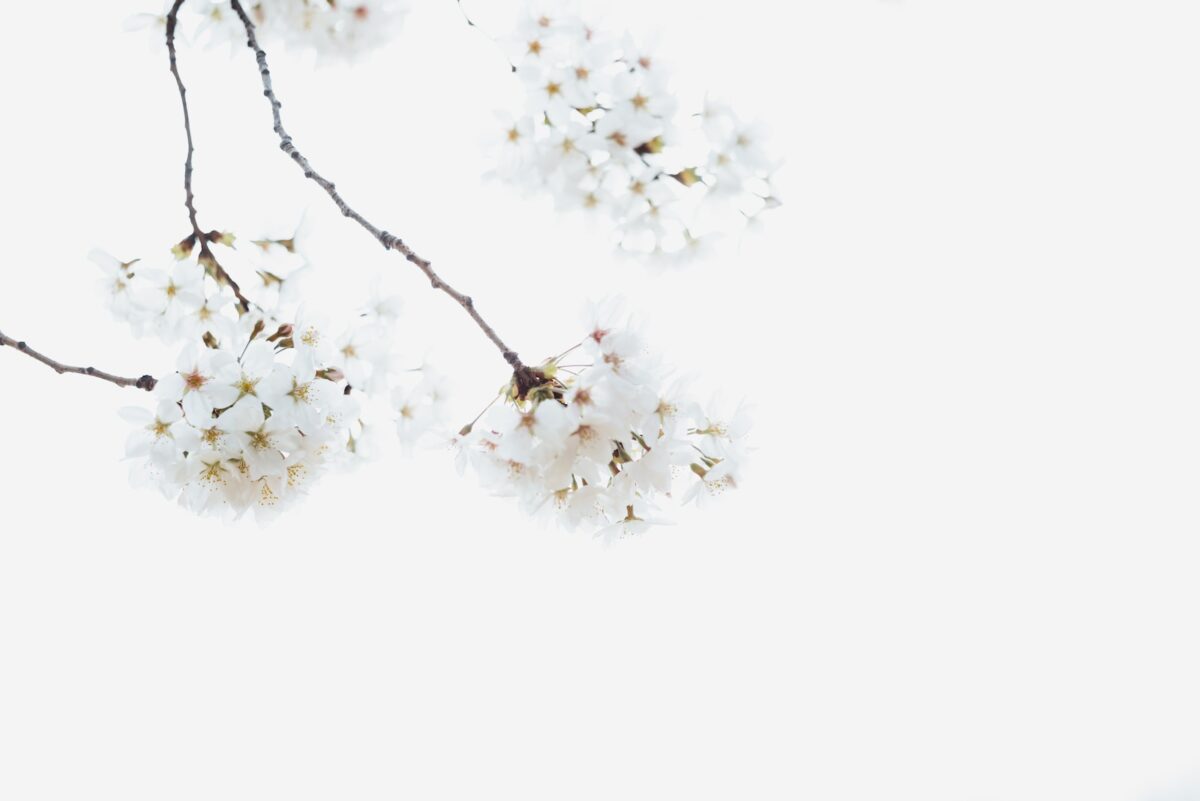This compositional process is adapted from “Preparation for the Work” in Kristin Linklater’s Freeing the Natural Voice.
Step One
Draw a picture entitled, “My Voice As It Is Now.”
Linklater, Kristin. Freeing the Natural Voice.
Your picture may include any challenges you feel or perceive, but it should also include the strengths and assets of your voice.
Step Two
Now draw another picture entitled, “My Voice As I Would Like It To Be.”
You may have some ideas about exploring your vocal potential. Try to leave a little room in your picture for mystery and surprise.
Step Three
Draw the outline of a gingerbread person.
Inside the body, draw or color, impressionistically or figuratively:
- Any sources of inspiration or assets you possess that could help your voice become the voice you would like it to be
- Any internal challenges you perceive that are obstacles to your voice becoming the voice you would like it to be
In the space outside the body, draw or color:
- Any sources of support you have access to that could help your voice become the voice you would like it to be.
- Any external obstacles you perceive to your voice being the voice you would like it to be
Step Four
Look at the pictures and make lists of words that are suggested by each picture. The words that occur may come from the language of form and shape, or color, or texture, or emotions, or psychology.
Step Five
From these words quickly write, without much thought, a poem entitled, “A Poem to My Voice.”
Step Six
Take a few minutes to distill your language. Structure your text as a three-line haiku poem– your “Voice Haiku.”
